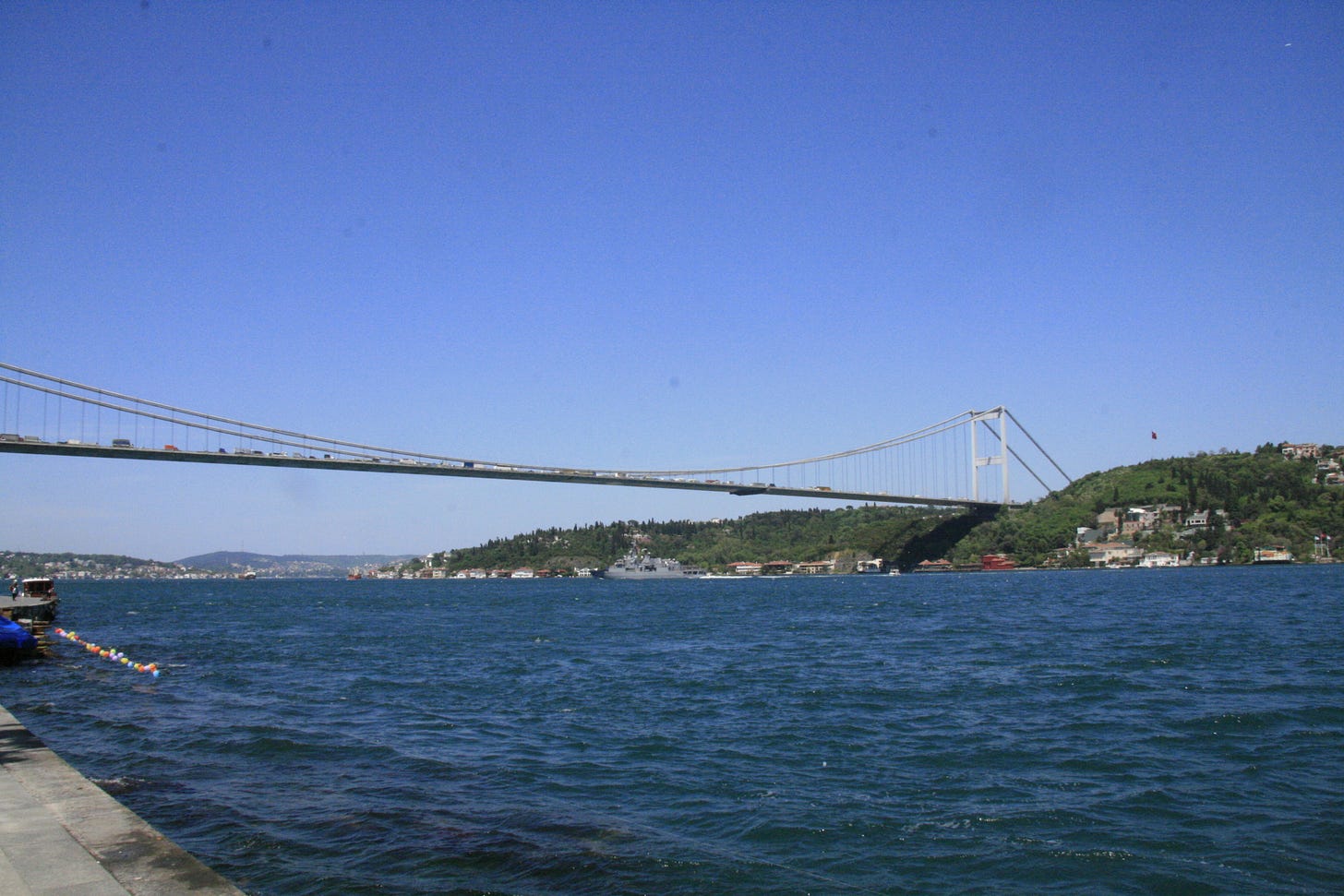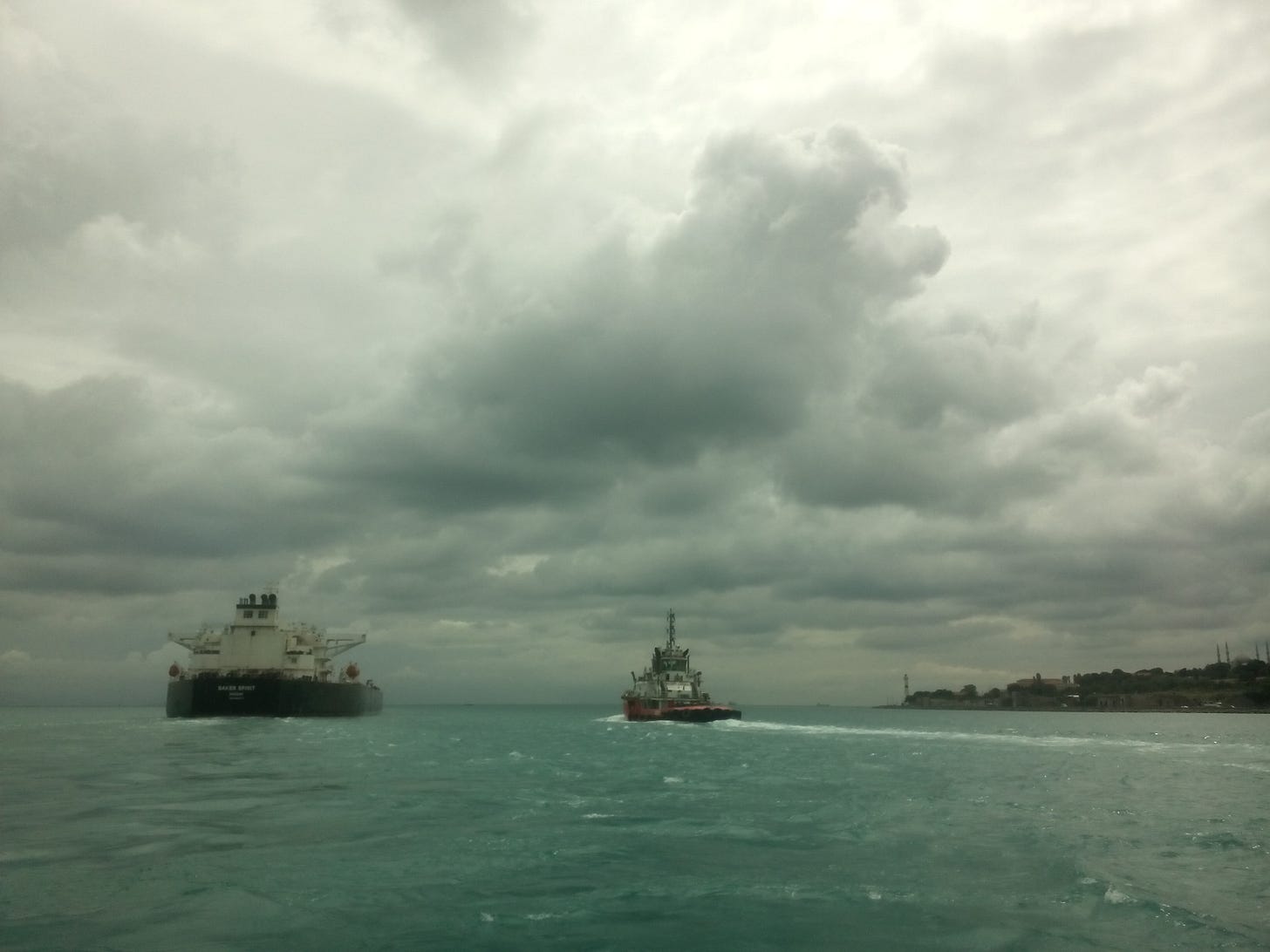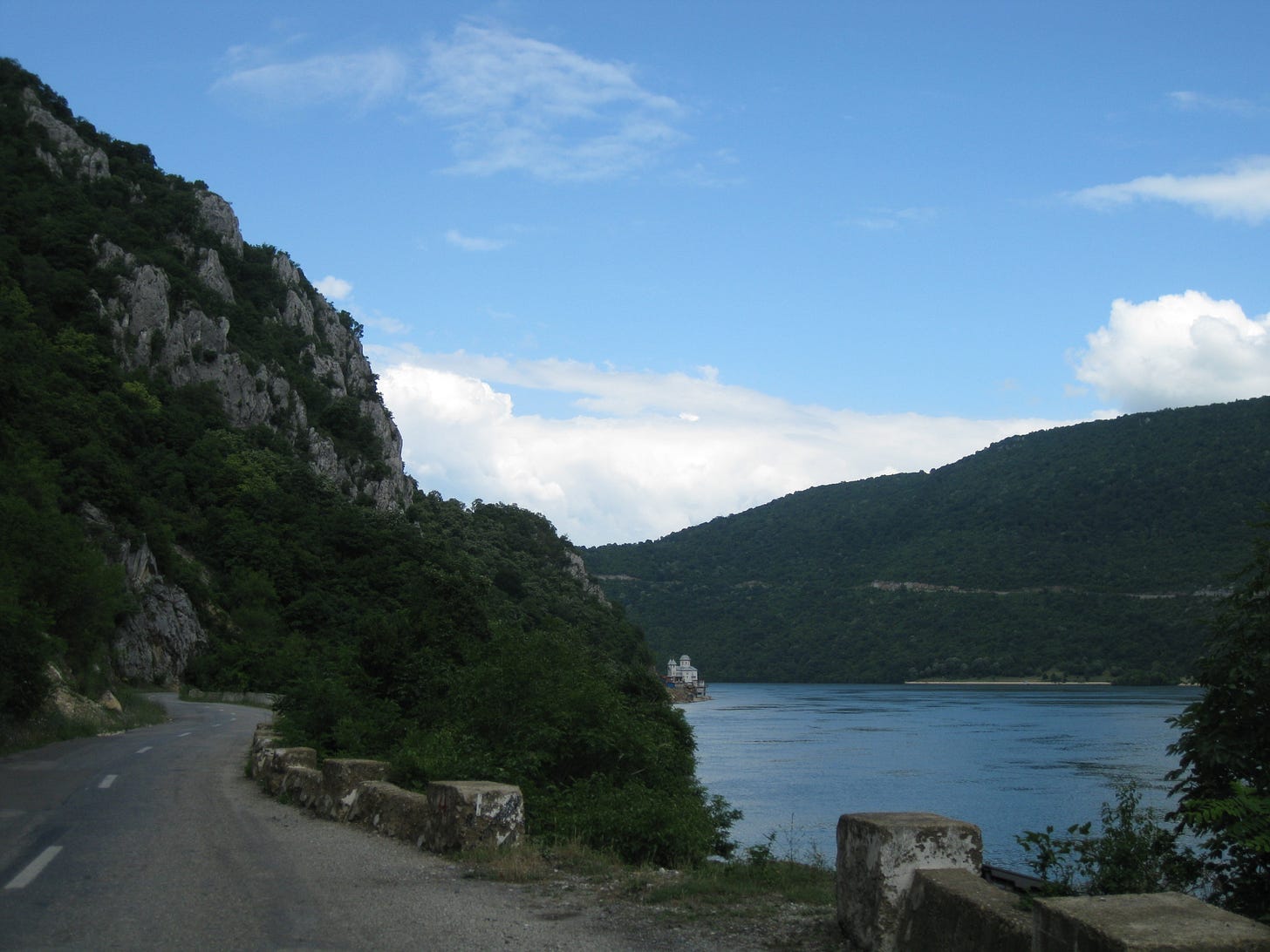The 1915 Çannakale Bridge was opened last month by Recep Tayyip Erdoğan, in the small, west Anatolian city of Çannakale, on the Dardanelles Strait. It now becomes the longest suspension bridge in the world.
The particulars of the bridge are, as is commonplace in modern Turkey, subtle or unsubtle references to Turkish history. The name, 1915, corresponds to the Çannakale battles, known in the West as Gallipoli, where Ottomans defeated invading forces during World War I, keeping control of the Dardanelles and so the country. The towers of the new bridge, at 318 metres, correspond to the date – 18th March, or 3/18 – that marks Turkish victory at Gallipoli. The bridge’s central span, at 2,023metres, is reference to the first centenary of Turkish independence, coming in 2023, and central also to a sense of Turkish pride, and Erdoğan’s more personal desire to win upcoming elections and be the sitting President at this historic date.
Despite the symbolisms and the AKP government’s fondness for prestige projects, the bridge is also a useful one. 1915 is a first Eurasian crossing, from Anatolia to Thrace, that does not require either a ferry across the Sea of Marmara, or a journey to Istanbul for a Bosphorus bridge. The 1915 Bridge will ease traffic through the permanently clogged roads and bridges of Turkey’s largest city, but also remove need of the boat crossing that runs from nearby Bursa, and takes an hour and a half, plus loading times. The 4.6km bridge reduces the journey to a few minutes, saving the Turkish economy cumulatively millions of hours in fuel and labour costs, and smoothing export routes to the EU frontiers of neighbouring Greece and Bulgaria. The government claims the bridge will benefit Turkey to the annual tune of more than €400million.
Accolades for long bridges are not new to Turkey. When it was opened in 1973, the first Bosphorus Bridge was the longest suspension bridge of any outside the United States (home to the Verrazzano Narrows Bridge connecting New York to Staten Island, and of course the Golden Gate in San Francisco). The Bosphorus Bridge held the rank until 1981, when Britain completed and opened the Humber Bridge, which became the longest in the world, just outside Hull.
As well as crossings, Turkish bridges and their bodies of water – particularly the Bosphorus – have always given metaphor to the politically and historically mixed nature and location of first Ottoman and then Turkish society. The aptness of the water and bridge metaphor has arguably led the underlying political idea – of Turkey as a Western intermediary to Asia – to at times become overstated.
Although Çannakale grows in popularity as a fashionable and more liveable city to which Istanbulites like to escape, the location of the 1915 Bridge is reminder that this water-related definition of Turkey was not always so confined to Istanbul and the Bosphorus, or Boğaz in Turkish, meaning ‘throat’. With its borders at the time far beyond Istanbul, the Bosphorus was a less significant geographic distinction in the Ottoman Empire than it went on to become for modern Turkey.
For most of its history, the Ottoman’s most vital bodies of water were rivers, not the famous Istanbul strait. The Tigris and Euphrates ran southeast into the Levant, the mighty Nile into Egypt, and the Danube into the Balkans. The Danube, and the idea of the Empire beyond it, was once the foremost body of water in Western imaginations of the Ottomans. The river aroused a certain trepidation among European peers, representing the northern Ottoman frontier, beyond which the cosmopolitanism of Muslim, Christian and Jewish communities, under the suzerainty of a Sultan in Istanbul, was often interpreted as a threat to Christendom.
As the nineteenth century saw the Ottoman Empire weaken relative to its European rivals, and with the Bosphorus still traversable only by boat, it was the Galata Bridge across the Golden Horn, or Haliç, a large estuary just off the Bosphorus, that defined East from West. The Sultan’s Topkapı Palace and the great mosques of Hagia Sophia and the Blue Mosque were at Sultanahmet, along with districts such as Eminönü and Fatih that to this day remain conservative. Across the Haliç were the fashionable colonial quarters of Pera and Beyoğlu, and it was there, in streets just up from the waterfront, that the banks and offices of European creditors to an increasingly indebted Empire were found.
The Anatolian side of the Bosphorus remained useful for its remoteness as much as its closeness right up to the last decades of the Ottoman Empire. When the Russo-Turkish War of 1877 saw Turkic and Muslim refugees arrive by the thousands in Istanbul, escaping massacres and ethnic cleansing in the Balkans, many were eventually shipped across the water, to the Anatolian shore, where they had to begin fending for themselves in rebuilding lives. Originally housed in mosques (including tens of thousands camped inside Hagia Sophia), and any of the city’s empty buildings Sultan Abdulhamid II was able to requisition, the removal of the newcomers across the Bosphorus finally took place when Istanbul’s refugee population swelled to such numbers that typhoid began to spread, and an epidemic was believed imminent.
This distance – perceived and real – between Istanbul’s European and Asian shores, and to an even greater extent the Haliç on the Thracian side, has since been eroded by advances in the art of bridge building. The distinction between Istanbul’s European and Asian sides is now reserved more for tourists and to an extent the depictions of visiting media. Anatolian-side neighbourhoods such as Kadıköy are both more crowded, and Western in style, than those on the Thracian side such as Fatih. Apart from the enduring splendour of the Bosphorus to Istanbul’s views, and its relief to both winter air pollution and summer heat, crossing the water is now a routine affair undertaken by car, bus and metro, as well as boat.
Opening of the 1915 Bridge will further erode the distinction between Turkey’s European and Asian components, but the Turkish-South Korean consortium that built it has attracted scrutiny from the Turkish opposition, led by the CHP. The fee on the bridge comes in at a little over €12, or 200lira – a high figure as inflation continues to rise in Turkey. Unlike the wages of Turkish workers and drivers, the debts on the bridge are guaranteed by the state and must be serviced in foreign currency for the next fifteen years, requiring some 45,000 journeys across the bridge each day. The high numbers leave an open question concerning if the bridge – historic as it is – will compensate in growth what it cost in debt.






